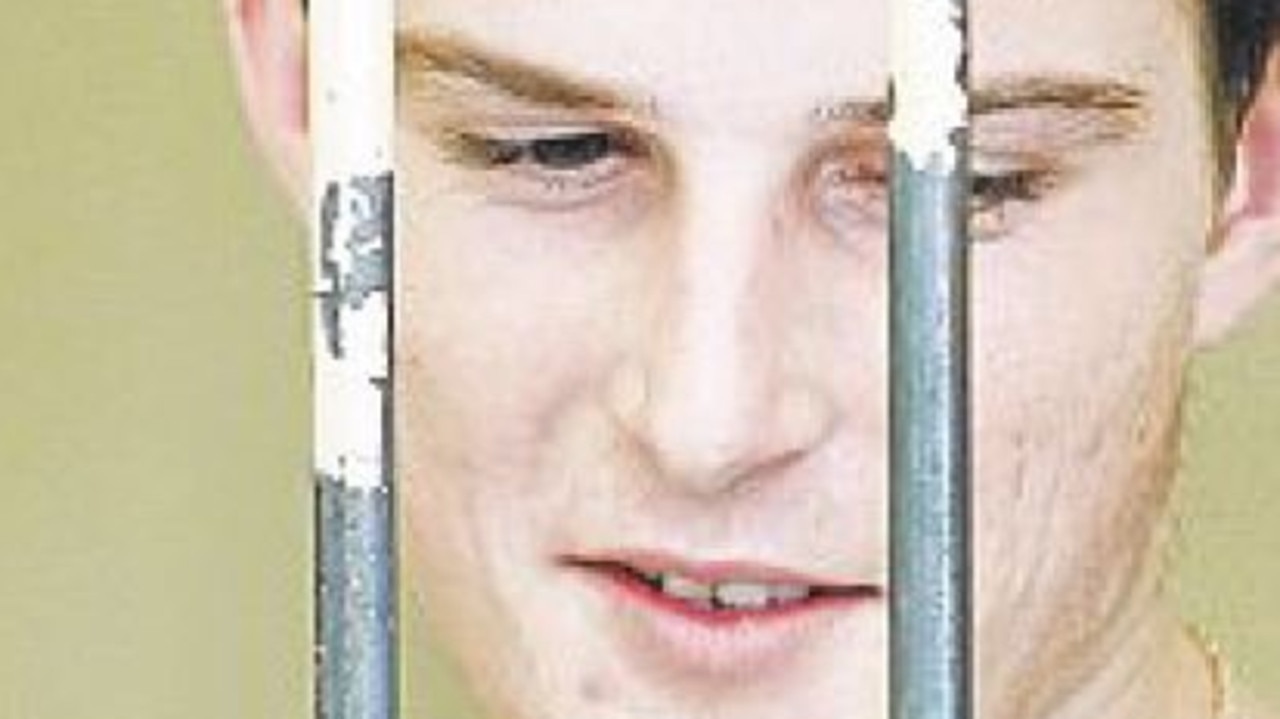Shades of Lawyer X with solicitor taped dobbing in client over Colin Winchester murder
Shades of the Lawyer X scandal have emerged in the murder of senior police officer Colin Winchester, with a solicitor secretly taped dobbing in his client for the execution-style killing.
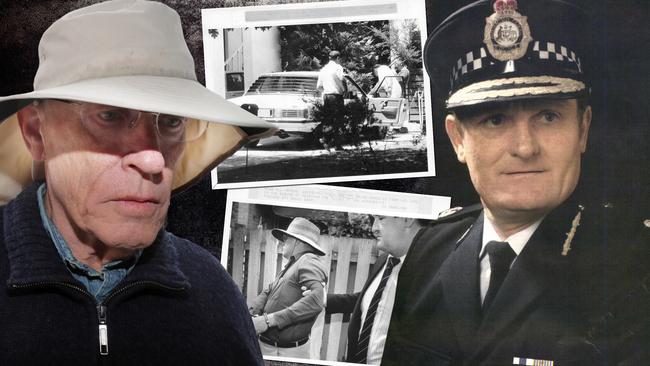
Breaking news
Don't miss out on the headlines from Breaking news. Followed categories will be added to My News.
The Lawyer X scandal currently rocking Victoria Police is one of the state’s biggest legal dramas involving some of our most notorious crooks.
Revelations about Lawyer X and her dealings with police in relation to clients, including crime Mr Bigs Tony Mokbel and Rob Karam, led to the Andrews Government last month setting up a royal commission.
Lawyer X played double agent — legal advice to the crooks and intel to investigating police.
And the result could see some of the state’s biggest drug dealers walk.
EASTMAN NOT GUILTY OF WINCHESTER MURDER
LISTEN TO THE LIFE AND CRIMES PODCAST ON ITUNES
But a Herald Sun investigation today reveals one of the country’s biggest crime stories has an eerily similar tale: a legal team which tipped off police that their client may be a murderer.
Two of accused cop killer David Eastman’s lawyers provided evidence about their client that was crucial in murder charges being laid against him over the execution of Australian Federal Police assistant commissioner Colin Winchester.
Mr Winchester probably never knew what hit him as he prepared to climb out from behind the wheel of his cream Ford Falcon about 9.15pm on January 10, 1989.
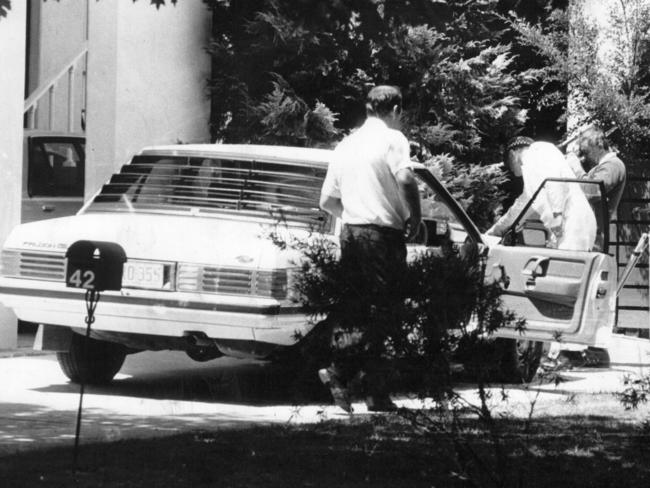
He had just driven his unmarked police car into the driveway next door to his Lawley Street home in the Canberra suburb of Deakin. He had an arrangement with his elderly widowed neighbour to give her some security by leaving his car in her driveway overnight.
The waiting assassin had the cover of darkness, as well as shelter provided by Deakin’s many tall gums and shrubs. He watched Mr Winchester’s car slow down and stop before creeping up from behind.
Bringing his .22 Ruger rifle to his shoulder, he waited for the top cop and father of two to open the car door and start getting out before making his move.
The first shot was fired into the back of Mr Winchester’s head from a distance of between 400mm and 600mm, meaning the muzzle of the weapon was in the vicinity of the centre door pillar when the trigger was pulled.
To make sure of death, a second shot was pumped into 55-year-old Mr Winchester’s brain through the side of his head, just above the right ear. An autopsy later revealed either shot would have been fatal.
The killer operated swiftly, departing the murder scene without being spotted and before Mr Winchester’s wife Gwen, who was inside the house, discovered her husband’s plight.
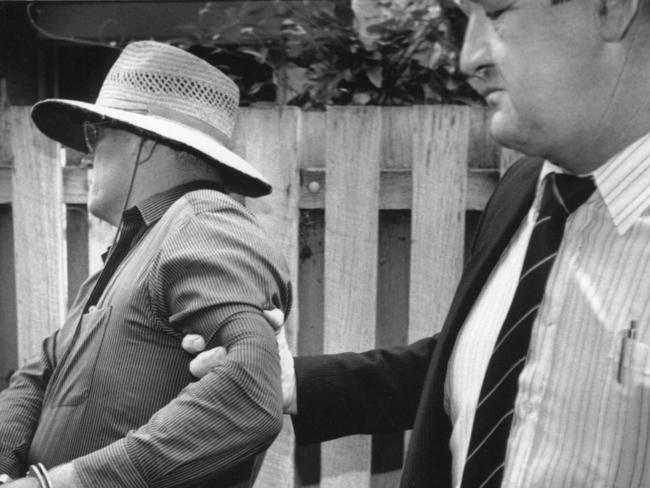
He also operated efficiently, leaving nothing of himself behind that might later identify him. With modern-day DNA techniques, that is no mean feat. Two shell cases were later found and unsuccessfully tested for fingerprints. The Ruger 10/12 self-loading rifle used in the shooting is still missing.
Mr Eastman, now aged 73, was convicted in 1995 of the 1989 murder of Mr Winchester.
He was released in 2014 after 19 years behind bars when a judicial inquiry found the guilty verdict was based on “deeply flawed forensic evidence”.
Jury members at his second trial last month found Mr Eastman not guilty and he has already started a legal battle for compensation that could see him handed more than $20 million.
Mr Eastman’s two former lawyers dobbed him in to police long before he was charged in 1992 over the Winchester murder.
The jury members who last month acquitted Mr Eastman never got to hear what the evidence of one of those two lawyers was because it was inadmissable due to the lawyer/client confidentially rule.
But the man who led the Winchester murder investigation, former AFP Commander Ric Ninness, told the Herald Sun the information Mr Eastman’s two lawyers provided convinced him he was on the right track.
The information confirmed Mr Ninness’s view that Mr Eastman was the prime suspect and prompted him to increase the resources put into investigating Mr Eastman.
Mr Ninness and a fellow senior AFP officer secretly taped one of Mr Eastman’s lawyers after the lawyer, whose identity has been suppressed, asked to see them to report his fear that Mr Eastman was planning to harm him or his family.
In his first interview since Mr Eastman was acquitted last month, Mr Ninness told the Herald Sun that Mr Eastman and the lawyer had a fallout and the lawyer refused to continue acting for Mr Eastman.
“The lawyer and his family were at the Canberra Airport on one Saturday afternoon, travelling interstate, and David Eastman approached him and made a veiled threat to his safety,” Mr Ninness said.
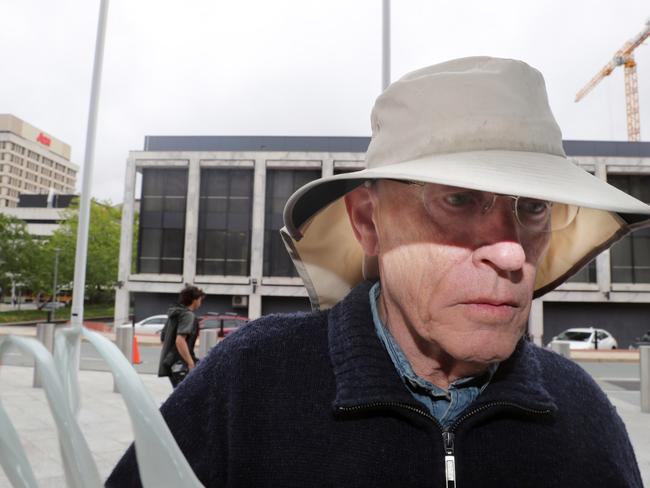
“The way Eastman spoke and looked at the lawyer’s young daughter that day sent shivers through the lawyer’s spine and scared him to the extent he rang Tom McQuillen, one of my detective sergeants, and asked for a meeting with me and Tom.
“So we met with him at the city police station and he then told us he was in fear of Eastman and in fact he had put security measures in place at his private home.
“He told us that if something happened to him there was evidence in his law partner’s safe at the legal firm that would convict Eastman and that in the event of him coming to harm he had left instructions with his firm to release the contents of the safe to us.
“The lawyer also said, in an evasive and roundabout way, that he believed Eastman had thrown the gun used to kill Mr Winchester in a river or waterway in and around Canberra.” That murder weapon has never been found.
“The lawyer said Eastman had owned a number of firearms and that he could account for the whereabouts of most of them, but there was one that couldn’t be accounted for. I took that as the lawyer indicating to us the weapon that couldn’t be accounted for, and which Eastman owned, was the murder weapon,” Mr Ninness said.
“He even stated he was prepared to work with us and try to set Eastman up. But he said it would be the end of his career if he gave evidence against Eastman, which I appreciated. I told him I realised he could never give evidence about what he was telling us.
“I told him I couldn’t imagine a set of circumstances where he would be forced to give evidence against Eastman because of the confidentiality clause between solicitors and clients.
“Having said that, he was prepared to steer us in the right direction with certain things about Eastman that could help with our investigation, sometimes in the form of hints and other times more directly.
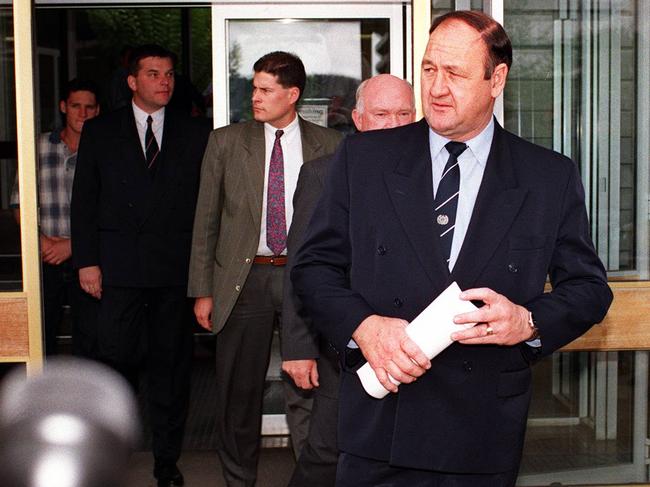
“He certainly wasn’t aware we were secretly taping him. He would never have been so forthcoming with what he told us if he had known that.”
Mr Ninness said no harm did ever come to the lawyer or his family so police never found out what the supposed damning evidence against Mr Eastman was that the lawyer claimed would be enough to get Mr Eastman convicted of murdering Mr Winchester.
He said he did try to make the lawyer disclose what he knew during Mr Eastman’s trial, but it was ruled inadmissable so the jury never got to hear about it.
The only reference made to it was by the then prosecutor, Jennifer Woodward, who described the secret and inadmissable evidence as “devastatingly prejudicial” against Mr Eastman.
Mr Ninness said he was convinced the lawyer was telling the truth about what Mr Eastman had told him and that he did have evidence locked away in a safe that would implicate Mr Eastman.
“I have no doubt about that. He was a man in fear at the time he approached us to talk about Eastman,” Mr Ninness said.
“What he said was the evidence that would convict Eastman was in the safe and that if anything happened to him or his family we should go and get what was in the safe.
“He has never revealed what it was that was in the safe and since coming to us for protection from Eastman he has become very guarded in dealings with me.
“Years later somebody told him I was writing a book and he made an approach to me to say he was concerned for his reputation and his legal career in the event I went public with the information he provided to us.
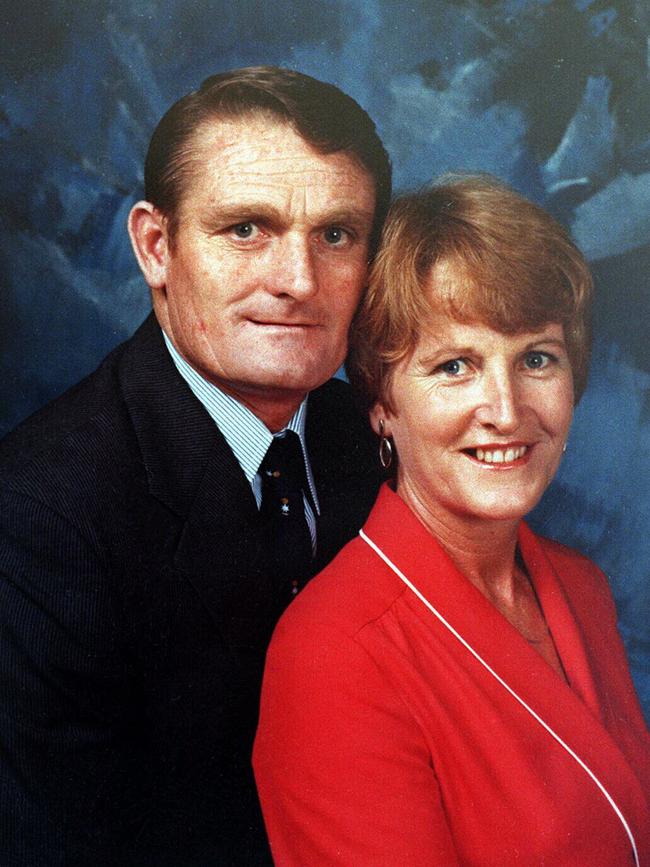
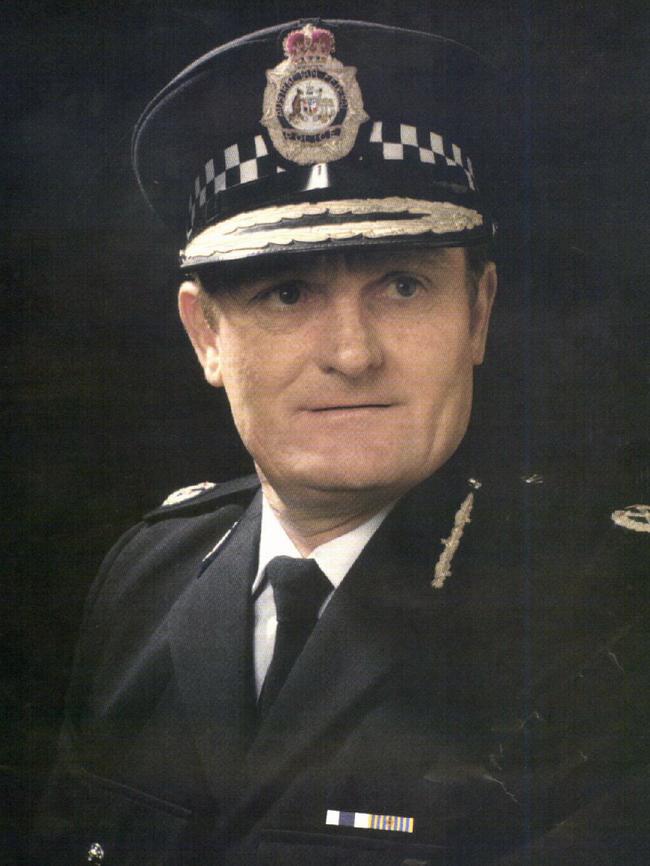
“He was worried about being identified as a lawyer who provided information to police about a client.
“Prior to the second trial starting they had quite a number of closed court sessions and the information the lawyer provided to us was one of the topics raised.
“I believe the judge ruled it was solicitor/client privilege and ruled not admissible so the jury never got to hear about it.
“In hindsight, I am kicking myself that after the lawyer told us about the evidence that was in his safe that he claimed would convict Eastman that I didn’t try to get a court order to seize the safe so I could examine its contents.
“Doing so would have been very controversial and the legal fraternity would have been up in arms about police breaching solicitor/client privilege if I succeeded in getting a search warrant, but the uproar would have been worth it because, gee, to this day, I think constantly about what might have been in that safe.”
That secretly taped discussion with Mr Eastman’s former lawyer came well before Mr Ninness charged Mr Eastman in 1992 with the 1989 Winchester murder, as did the information provided to police by the second of Mr Eastman’s lawyers, who is now dead.
“On September 7, 1989, I received information that a solicitor by the name of Dennis Mario Barbara had been involved in a conversation with Eastman in late 1988,” Mr Ninness said yesterday.
“Mr Barbara was representing Eastman at the time in relation to an assault charge laid against Eastman and during the conversation Mr Barbara claimed Eastman said ‘I will kill Winchester and get the Ombudsman too’.
“I investigated that and discovered Mr Barbara had told barrister John Burns what Eastman had said about Mr Winchester and the Ombudsman and that Mr Burns later passed the information to police.
“Det-Sgt McQuillen and I made an approach to Mr Barbara but he refused to make a statement, saying that at the time Eastman was a client of his and, that meant the conversation was subject to legal professional privilege.
“Mr Barbara told me that he had discussed this matter with his partner, Jack Pappas, and his advice from Mr Pappas was that this matter was professional legal privilege and that he would not be coming forward to divulge this information.”
This is what Mr Barbara told Mr Ninness on September 7, 1989:
NINNESS: “During the conversation that you had with Mr Eastman, did he state that he intended to kill Mr Winchester?”
BARBARA: “I am going to claim privilege on that.”
NINNESS: “Can you tell me, on the basis of that conversation, if he mentioned Mr Winchester in the threat?”
BARBARA: “Yes, you are on the right track, it was whilst we were discussing the matter of the assault, and he became quite heated and agitated, and made the threat.”
NINNESS: “Can you remember the exact words that were used?
BARBARA: “Yes, it’s unequivocal the words he used. He was speaking about the Ombudsman and the police complaints in the coming assault matter. It was during this conversation that he got agitated and made the direct threat against Mr Winchester.”
Mr Ninness said Mr Barbara was later issued with a subpoena to give evidence at the Winchester inquest and during his evidence he said Eastman had consulted him about the assault charge, his complaints about police handling of the matter and his dealings with the Ombudsman.
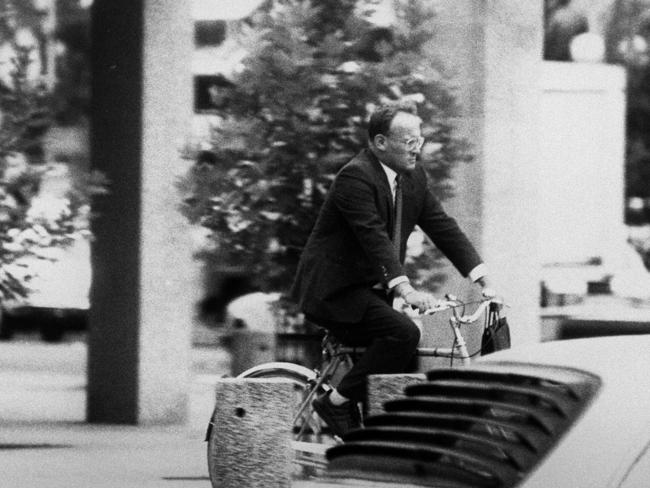
“He said he saw Eastman in late October 1988 and again in late November or early December, 1988, just weeks before Mr Winchester was murdered,” Mr Ninness said.
“Mr Barbara gave evidence that on the second occasion Eastman became upset and said ‘I will kill Winchester and I will get the Ombudsman too’.
“He told the inquest he was 99 per cent certain those were the exact words Eastman used and that he had no doubt Eastman used Mr Winchester’s name and that the word kill was used in relation to Mr Winchester.
“Mr Barbara further stated in his evidence that Mr Eastman said the words in the course of a short emotional tirade, saying ‘it was a short moment of passion’ during which Mr Eastman seemed frustrated.”
Mr Ninness yesterday said it would add insult to injury if Mr Eastman succeeded in his bid for millions of dollars in compensation now he has been acquitted of the murder he spent 19 years in jail for.
Compensation precedents have been set by the other high profile cases of Lindy Chamberlain and Andrew Mallard.
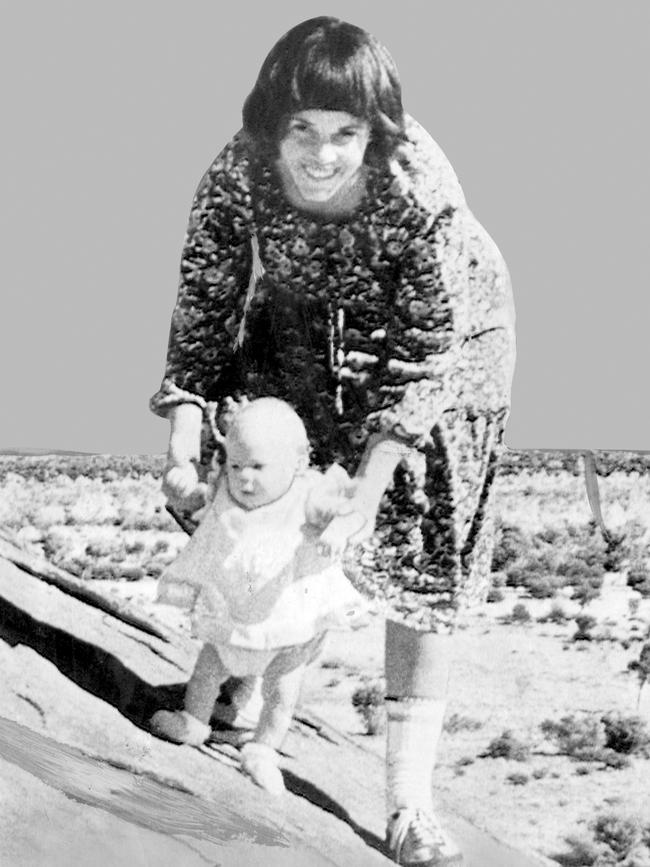
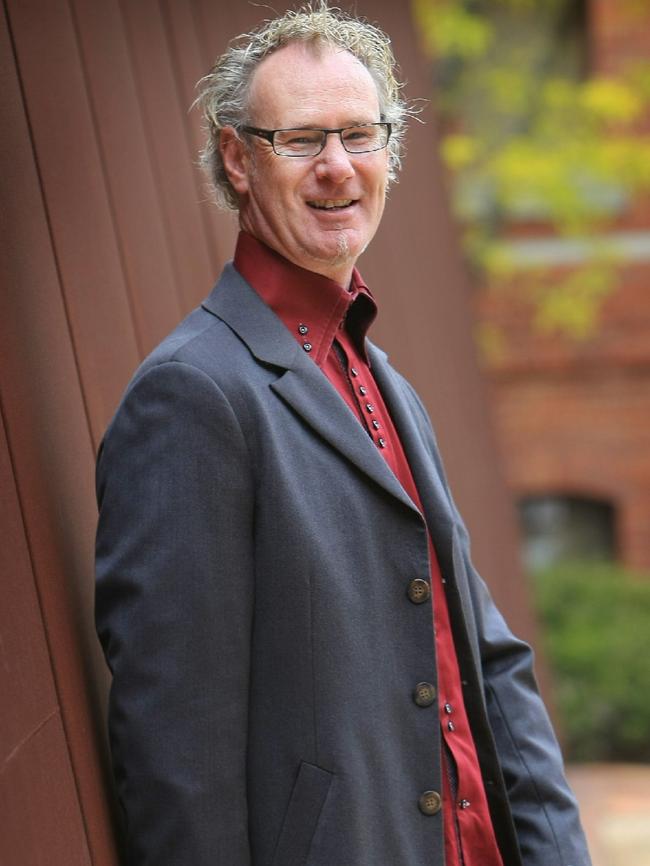
Ms Chamberlain received $1.3 million in compensation in 1992 after being wrongly convicted of the 1980 death of her baby daughter Azaria at Ayers Rock in the Northern Territory.
She famously cried out the words “a dingo’s got my baby” the night nine-week-old Azaria disappeared.
The discovery of Azaria’s matinee jacket in 1986 was crucial in Ms Chamberlain being released after 39 months behind bars and helped prove the dingo did do it.
Mr Mallard got $3.25 million in 2009 after spending 12 years in jail before being exonerated over the 1994 murder of Perth jeweller Pamela Lawrence.
The Herald Sun’s three-part series on the Winchester murder will start at heraldsun.com.au on Monday. It will detail the case against Mr Eastman, the case against the Calabrian mafia and the case against the various other suspects in the murder that shocked Australia.


